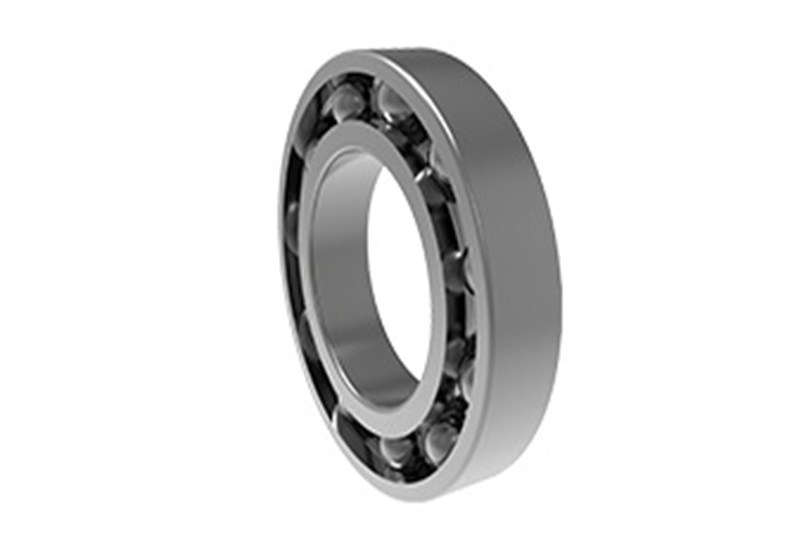Methods to Determine Whether Cross Roller Ring Bearings Need Maintenance
Cross roller ring bearings are key components in many mechanical devices, especially in some industrial robots, which use them more frequently. However, during the use of bearings, which are quite common, we often encounter a problem: how to determine when a bearing needs maintenance? Particularly, the timing of maintenance for cross roller ring bearings is especially important. This article will introduce two specific methods for determining whether cross roller ring bearings need maintenance.
Structural Characteristics of Cross Roller Ring Bearings
High Stiffness: Due to the cross arrangement of rollers in cross roller ring bearings, they can maintain high stiffness while bearing forces. This structural characteristic makes cross roller ring bearings maintain good stability under high-speed operation and high load conditions.
High Load Capacity: The roller arrangement in cross roller ring bearings enables them to withstand radial forces, axial forces, and moments, thus possessing high load capacity. This makes cross roller ring bearings widely used in heavy machinery and construction machinery fields.
Compact Size: The inner and outer ring structure of cross roller ring bearings is compact, occupying a smaller space. This makes cross roller ring bearings more convenient in design and installation, meeting the needs of compact equipment.
High Rotation Accuracy: The structural characteristics of cross roller ring bearings provide high rotation accuracy, meeting the demands of equipment requiring high precision. This makes cross roller ring bearings widely used in machine tools, robots, and other fields.
Methods to Determine When Cross Roller Ring Bearings Need Maintenance
Using Bearing Condition Monitoring Instruments
Instruments such as ferrography analyzers, SPM, or I-1D-1 type can accurately monitor the working condition of cross roller ring bearings. For example, using an HD-1 type instrument, if the pointer approaches the danger zone from the warning zone and does not return after taking measures such as improving lubrication, it is likely that there is an issue with the bearing itself.
At this time, we should report for maintenance before the bearing enters the danger zone. The exact distance from the danger zone to start reporting for maintenance depends on experience. By using these instruments, we can fully utilize the working potential of the bearing, report issues in time, and prevent failures, ensuring safety and cost-effectiveness.
Using Simple Tools to Listen
In the absence of monitoring instruments, operators can use tools such as rods or wrenches to press against parts of the machine near the cross roller ring bearing's housing and judge the bearing's operating condition by the sound transmitted through the tool. The sound of a normal cross roller ring bearing should be uniform, smooth, and not harsh, while abnormal operating sounds will be intermittent, impact-like, or harsh.
Operators need to first become familiar with the sound of normal bearing operation and then gradually learn to analyze abnormal sounds through accumulated practical experience. Although there are many types of abnormal bearing sounds that are difficult to describe, the main reliance is on the accumulation of experience.














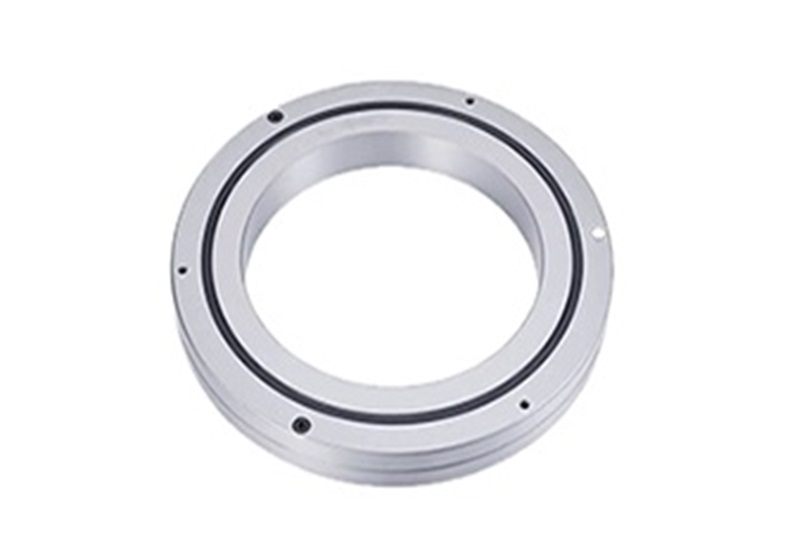
 English
English  français
français  Deutsch
Deutsch  italiano
italiano 


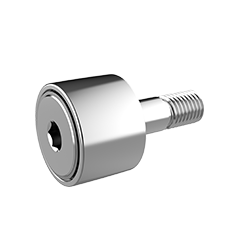
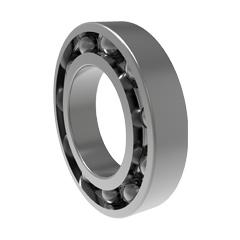
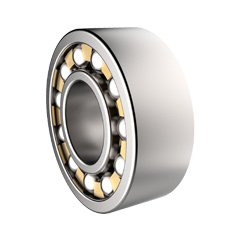
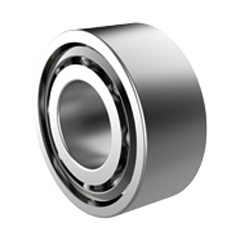
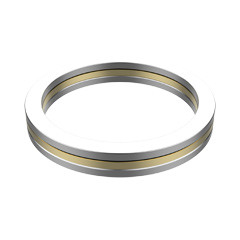
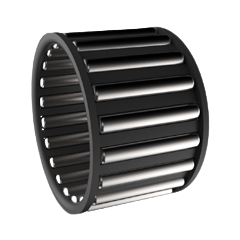
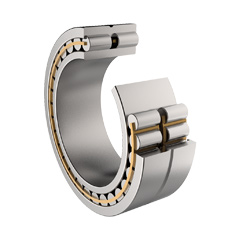
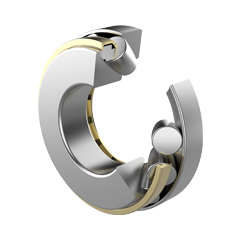
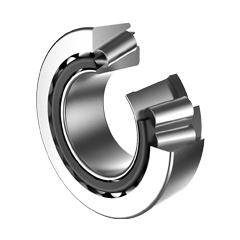
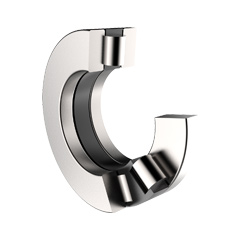
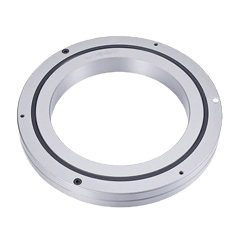
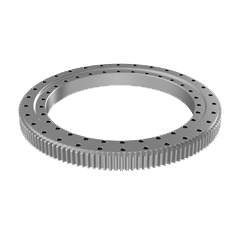
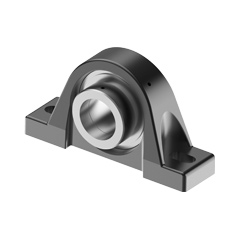
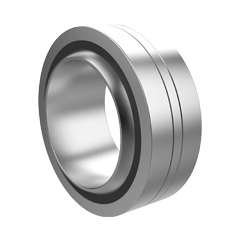

 English
English  français
français  Deutsch
Deutsch  italiano
italiano 


